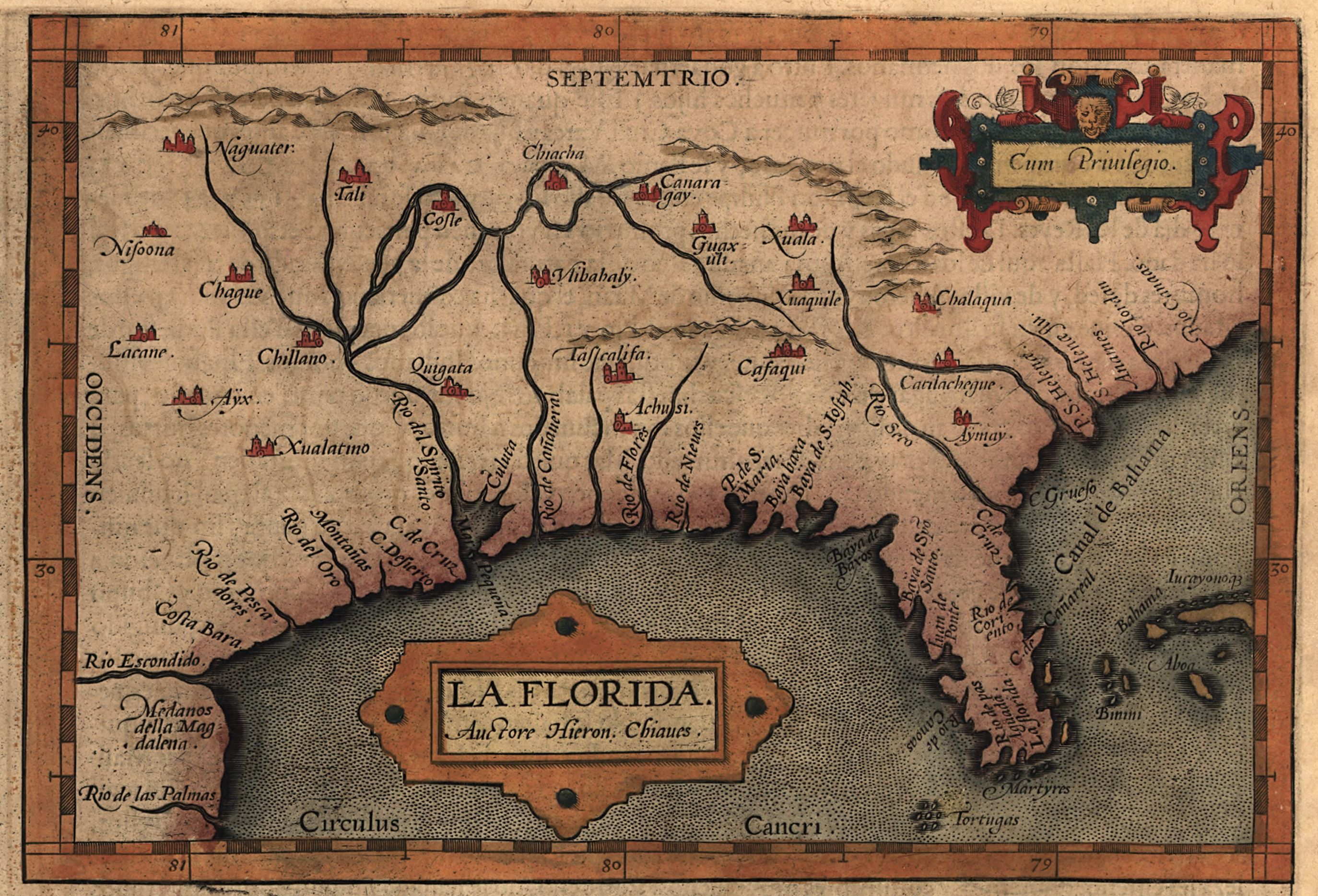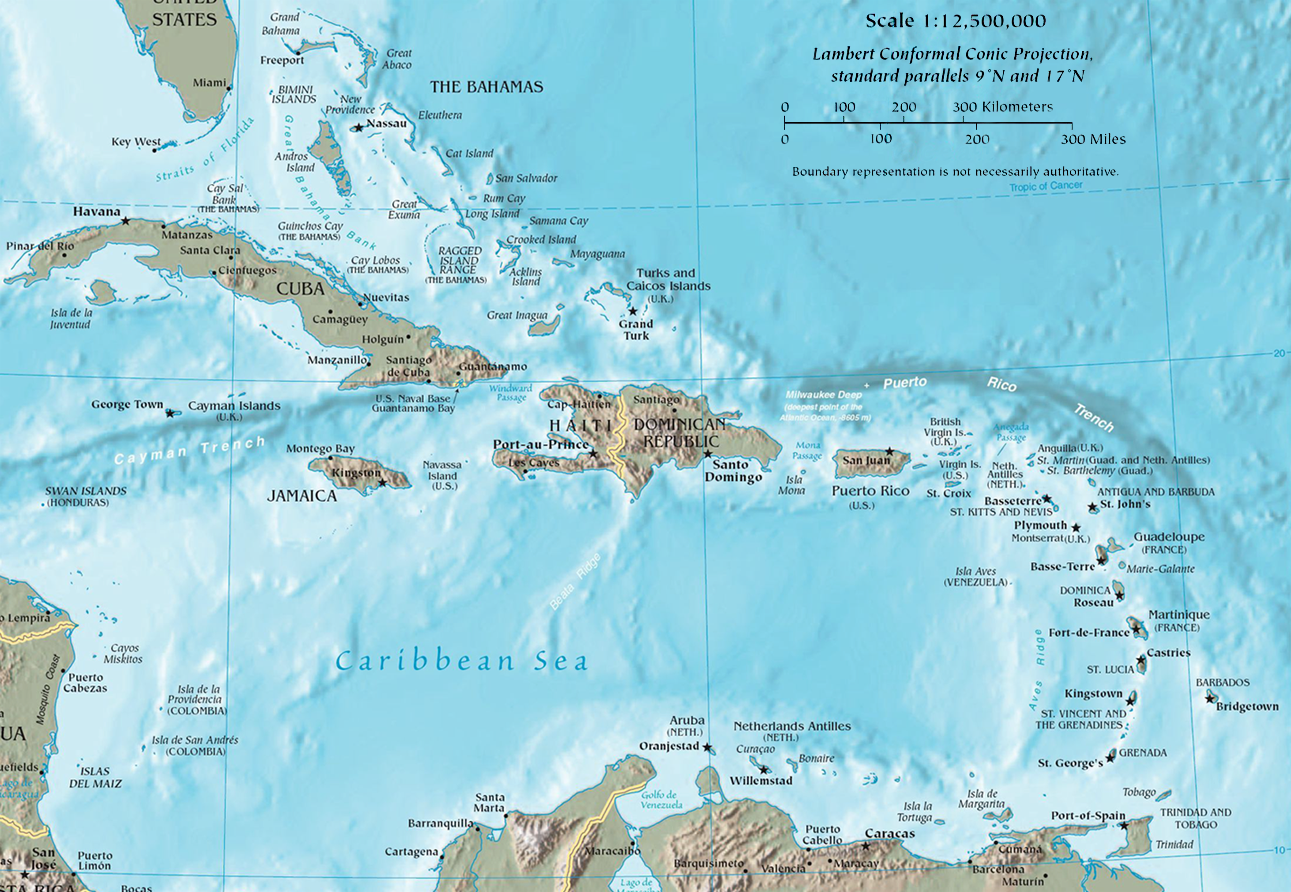|
Galeandra Bicarinata
''Galeandra bicarinata'' is a species of orchid native to Cuba and Florida. It is closely related to ''G. beyrichii'' (widespread throughout much of South America South America is a continent entirely in the Western Hemisphere and mostly in the Southern Hemisphere, with a relatively small portion in the Northern Hemisphere at the northern tip of the continent. It can also be described as the souther ... and the Caribbean) and regarded as part of that taxon until described as a distinct species in 2000.Acevedo-Rodríguez, P. & Strong, M.T. (2012). Catalogue of seed plants of the West Indies. Smithsonian Contributions to Botany 98: 1-1192. References External linksInstitute for Regional Conservation, Floristic Inventory of South Florida Database Online, ''Galeandra bicarinata'' G.A. Romero & P.M. Br. Two-keeled hooded orchid, Helmet orchid [...More Info...] [...Related Items...] OR: [Wikipedia] [Google] [Baidu] |
Orchid
Orchids are plants that belong to the family Orchidaceae (), a diverse and widespread group of flowering plants with blooms that are often colourful and fragrant. Along with the Asteraceae, they are one of the two largest families of flowering plants. The Orchidaceae have about 28,000 currently accepted species, distributed in about 763 genera. (See ''External links'' below). The determination of which family is larger is still under debate, because verified data on the members of such enormous families are continually in flux. Regardless, the number of orchid species is nearly equal to the number of bony fishes, more than twice the number of bird species, and about four times the number of mammal species. The family encompasses about 6–11% of all species of seed plants. The largest genera are '' Bulbophyllum'' (2,000 species), '' Epidendrum'' (1,500 species), '' Dendrobium'' (1,400 species) and '' Pleurothallis'' (1,000 species). It also includes '' Vanilla'' (the genus o ... [...More Info...] [...Related Items...] OR: [Wikipedia] [Google] [Baidu] |
Cuba
Cuba ( , ), officially the Republic of Cuba ( es, República de Cuba, links=no ), is an island country comprising the island of Cuba, as well as Isla de la Juventud and several minor archipelagos. Cuba is located where the northern Caribbean Sea, Gulf of Mexico, and Atlantic Ocean meet. Cuba is located east of the Yucatán Peninsula (Mexico), south of both the American state of Florida and the Bahamas, west of Hispaniola (Haiti/Dominican Republic), and north of both Jamaica and the Cayman Islands. Havana is the largest city and capital; other major cities include Santiago de Cuba and Camagüey. The official area of the Republic of Cuba is (without the territorial waters) but a total of 350,730 km² (135,418 sq mi) including the exclusive economic zone. Cuba is the second-most populous country in the Caribbean after Haiti, with over 11 million inhabitants. The territory that is now Cuba was inhabited by the Ciboney people from the 4th millennium BC with the Gua ... [...More Info...] [...Related Items...] OR: [Wikipedia] [Google] [Baidu] |
Florida
Florida is a state located in the Southeastern region of the United States. Florida is bordered to the west by the Gulf of Mexico, to the northwest by Alabama, to the north by Georgia, to the east by the Bahamas and Atlantic Ocean, and to the south by the Straits of Florida and Cuba; it is the only state that borders both the Gulf of Mexico and the Atlantic Ocean. Spanning , Florida ranks 22nd in area among the 50 states, and with a population of over 21 million, it is the third-most populous. The state capital is Tallahassee, and the most populous city is Jacksonville. The Miami metropolitan area, with a population of almost 6.2 million, is the most populous urban area in Florida and the ninth-most populous in the United States; other urban conurbations with over one million people are Tampa Bay, Orlando, and Jacksonville. Various Native American groups have inhabited Florida for at least 14,000 years. In 1513, Spanish explorer Juan Ponce de León became th ... [...More Info...] [...Related Items...] OR: [Wikipedia] [Google] [Baidu] |
South America
South America is a continent entirely in the Western Hemisphere and mostly in the Southern Hemisphere, with a relatively small portion in the Northern Hemisphere at the northern tip of the continent. It can also be described as the southern Subregion#Americas, subregion of a single continent called Americas, America. South America is bordered on the west by the Pacific Ocean and on the north and east by the Atlantic Ocean; North America and the Caribbean Sea lie to the northwest. The continent generally includes twelve sovereign states: Argentina, Bolivia, Brazil, Chile, Colombia, Ecuador, Guyana, Paraguay, Peru, Suriname, Uruguay, and Venezuela; two dependent territory, dependent territories: the Falkland Islands and South Georgia and the South Sandwich Islands; and one administrative division, internal territory: French Guiana. In addition, the ABC islands (Leeward Antilles), ABC islands of the Kingdom of the Netherlands, Ascension Island (dependency of Saint Helena, Asce ... [...More Info...] [...Related Items...] OR: [Wikipedia] [Google] [Baidu] |
Caribbean
The Caribbean (, ) ( es, El Caribe; french: la Caraïbe; ht, Karayib; nl, De Caraïben) is a region of the Americas that consists of the Caribbean Sea, its islands (some surrounded by the Caribbean Sea and some bordering both the Caribbean Sea and the North Atlantic Ocean) and the surrounding coasts. The region is southeast of the Gulf of Mexico and the North American mainland, east of Central America, and north of South America. Situated largely on the Caribbean Plate, the region has more than 700 islands, islets, reefs and cays (see the list of Caribbean islands). Island arcs delineate the eastern and northern edges of the Caribbean Sea: The Greater Antilles and the Lucayan Archipelago on the north and the Lesser Antilles and the on the south and east (which includes the Leeward Antilles). They form the West Indies with the nearby Lucayan Archipelago ( the Bahamas and Turks and Caicos Islands), which are considered to be part of the Caribbean despite not borde ... [...More Info...] [...Related Items...] OR: [Wikipedia] [Google] [Baidu] |
Galeandra
''Galeandra'', abbreviated as Gal in horticultural trade, is a genus of 37 known species of orchids native to South America, Central America, the West Indies and Florida. Species Species currently accepted as of June 2014: #'' Galeandra arundinis '' #'' Galeandra badia'' #'' Galeandra batemanii'' #'' Galeandra baueri'' #'' Galeandra beyrichii'' #'' Galeandra bicarinata'' #'' Galeandra biloba'' #'' Galeandra blanchetii'' #''Galeandra camptoceras'' #'' Galeandra carnevaliana'' #''Galeandra claesii'' #'' Galeandra curvifolia'' #''Galeandra devoniana'' #''Galeandra dives'' #''Galeandra duidensis'' #''Galeandra graminoides'' #''Galeandra greenwoodiana'' #''Galeandra harveyana'' #''Galeandra huebneri'' #''Galeandra hysterantha'' #''Galeandra junceaoides'' #''Galeandra lacustris'' #''Galeandra lagoensis'' #''Galeandra leptoceras'' #''Galeandra levyae'' #'' Galeandra macroplectra'' #'' Galeandra magnicolumna'' #''Galeandra minax ''Galeandra minax'' is a species of orch ... [...More Info...] [...Related Items...] OR: [Wikipedia] [Google] [Baidu] |
Orchids Of Florida
Orchids are plants that belong to the family Orchidaceae (), a diverse and widespread group of flowering plants with blooms that are often colourful and fragrant. Along with the Asteraceae, they are one of the two largest families of flowering plants. The Orchidaceae have about 28,000 currently accepted species, distributed in about 763 genera. (See ''External links'' below). The determination of which family is larger is still under debate, because verified data on the members of such enormous families are continually in flux. Regardless, the number of orchid species is nearly equal to the number of bony fishes, more than twice the number of bird species, and about four times the number of mammal species. The family encompasses about 6–11% of all species of seed plants. The largest genera are ''Bulbophyllum'' (2,000 species), '' Epidendrum'' (1,500 species), ''Dendrobium'' (1,400 species) and '' Pleurothallis'' (1,000 species). It also includes ''Vanilla'' (the genus of t ... [...More Info...] [...Related Items...] OR: [Wikipedia] [Google] [Baidu] |
Flora Of Cuba
This is a list of plants which includes trees and other herbs, vines, climbers, lianas, shrubs, subshrubs that are native or endemic, found in Cuba. This list should exclude plants grown, invasive species or introduced by humans (example: weeds). The endemic genera or species (exclusive of Cuba) will be marked in bold type. This list is sorted in alphabetical order by binomial names. Common names are in parentheses. A *''Acacia belairioides'' *'' Acacia bucheri'' *'' Acacia cornigera'' *''Acacia daemon'' *'' Acacia roigii'' *'' Acacia zapatensis'' *''Acoelorrhaphe wrightii'' *'' Acrocomia crispa'' *'' Agave anomala'' *'' Ageratina riparia'' *'' Albizia berteriana'' *'' Allophylus roigii'' *'' Amyris cubensis'' *'' Amyris polymorpha'' *'' Ancistranthus harpochiloides'' *'' Annona cristalensis'' *'' Annona ekmanii'' *'' Ateleia gummifera'' *''Ateleia salicifolia'' *''Atkinsia cubensis'' *''Avicennia germinans'' Orchids are native B *'' Bactris cubensis'' *'' Banara wilson ... [...More Info...] [...Related Items...] OR: [Wikipedia] [Google] [Baidu] |
Plants Described In 2000
Plants are predominantly photosynthetic eukaryotes of the kingdom Plantae. Historically, the plant kingdom encompassed all living things that were not animals, and included algae and fungi; however, all current definitions of Plantae exclude the fungi and some algae, as well as the prokaryotes (the archaea and bacteria). By one definition, plants form the clade Viridiplantae (Latin name for "green plants") which is sister of the Glaucophyta, and consists of the green algae and Embryophyta (land plants). The latter includes the flowering plants, conifers and other gymnosperms, ferns and their allies, hornworts, liverworts, and mosses. Most plants are multicellular organisms. Green plants obtain most of their energy from sunlight via photosynthesis by primary chloroplasts that are derived from endosymbiosis with cyanobacteria. Their chloroplasts contain chlorophylls a and b, which gives them their green color. Some plants are parasitic or mycotrophic and have lost the abil ... [...More Info...] [...Related Items...] OR: [Wikipedia] [Google] [Baidu] |





